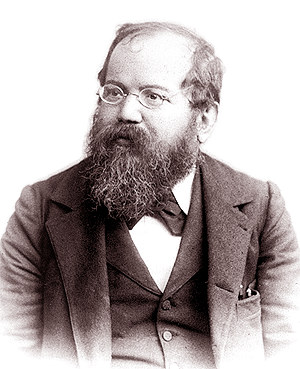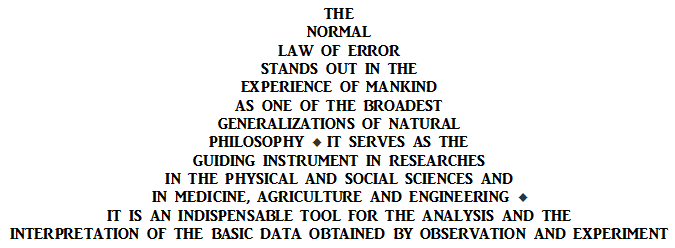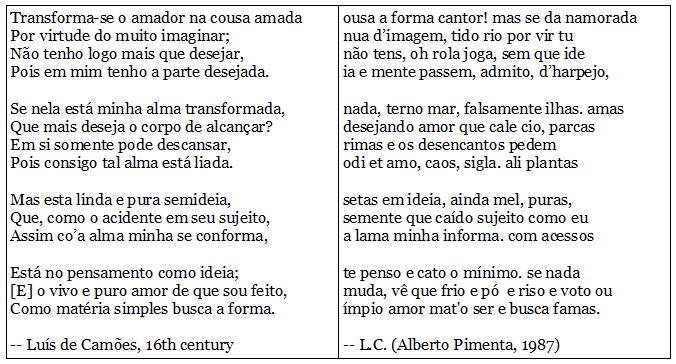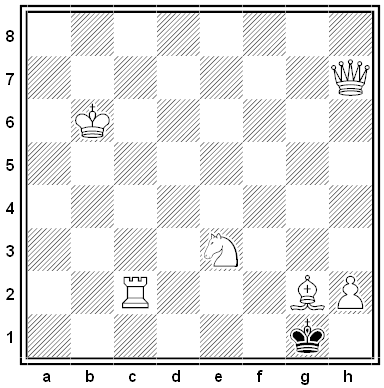Author: Greg Ross
Podcast Episode 151: Double-Crossing the Nazis

In 1941, Catalonian chicken farmer Juan Pujol made an unlikely leap into the world of international espionage, becoming a spy first for the Germans, then for the British, and rising to become one of the greatest double agents of World War II. In this week’s episode of the Futility Closet podcast we’ll describe Pujol’s astonishing talent for deceiving the Nazis, which led one colleague to call him “the best actor in the world.”
We’ll also contemplate a floating Chicago and puzzle over a winding walkway.
Math and Pancakes

If you apply one straight cut to a pancake, pretty clearly you’ll get 2 pieces. With two cuts, the most you can get is 4. What’s the greatest number you can produce with three cuts? If the cuts meet neatly in the center, you’ll get 6 pieces, but if you’re artfully sloppy you can make 7 (above). Charmingly, this leads us into the “lazy caterer’s sequence” — the maximum number of pieces you can produce with n straight cuts:
1, 2, 4, 7, 11, 16, 22, 29, 37, 46, 56, 67, 79, 92, 106, 121, 137, 154, 172, 191, 211, …
Generally it turns out that the maximum number for n cuts is given by the formula
each number equals 1 plus a triangular number.
A related question is the pancake flipping problem. You’re presented with a spatula and an untidy stack of pancakes of varying sizes. You can insert the spatula at any point in the stack and flip all the pancakes above it. What’s the least number of flips required to sort the pancakes in order of size? Interestingly, no one has found a general answer. It’s possible to work out the solution for relatively small stacks (in which the number of pancakes is 1, 2, 3, …):
0, 1, 3, 4, 5, 7, 8, 9, 10, 11, 13, …
But no one has found a formula that will tell how many flips will get the job done for a stack of any given size.
The problem has an interesting pedigree. Bill Gates worked on it at Harvard (PDF), and David X. Cohen, who went on to write for The Simpsons and Futurama, worked on a related problem at Berkeley in which the bottom of each pancake is burnt and the sort must be completed with the burnt sides facing down.
CCNY mathematician Jacob Goodman, who first hit on the pancake flipping problem while sorting folded towels for his wife, submitted it to the American Mathematical Monthly under the name Harry Dweighter (“harried waiter”). His household chores have produced at least one other publication: After some thoughtful work with a swivel-bladed vegetable peeler, he published “On the Largest Convex Polygon Contained in a Non-convex n-gon, Or How to Peel a Potato.”
(Thanks, Urzua.)
Riposte

Chess master Wilhelm Steinitz was having a heated political argument.
His opponent said, “Do you think you understand politics because you can play chess?”
Steinitz said, “Do you think you understand politics because you can’t play chess?”
Edifice Wrecks

Between the 1950s and the 2000s, the Sicilian town of Giarre started a series of ambitious building projects as its politicians competed to create jobs and secure funds from the regional government. Unfortunately, there was no need for the buildings — Giarre’s population is only 27,000 — and today the seaside town hosts 25 half-built and abandoned constructions, including an amphitheater, a sports stadium, a polo ground, and a swimming pool.
“Giarre offers the extreme form of a condition found in most cities, making it a parable of urban planning,” writes social geographer Alastair Bonnett in Off the Map. “It is the epicentre not of merely an Italian but a global phenomenon of accreted unfinished visions.”
“Several companies started the projects without the intention of finishing them,” architect Salvo Patane told the BBC. “These were projects started so as not to lose funds that were available from the regional government. More than waste, this was bad politics.”
Community activist Claudia D’Aita wants to reconceive the abandoned constructions as a park — “a kind of open-air museum” — exhibiting a cautionary new architectural subgenre. They would call it the Archaeological Park of Sicilian Incompletion.
Tempest-Tost
In 2011 Royal Caribbean introduced a self-leveling pool table on its cruise ship Radiance of the Seas.
This video was shot during a storm in the Pacific — gyroscopes inside the table keep the playing surface level so a game can continue even as the ship rolls.
In a Word
ullage
n. the amount a container lacks of being full
Given a 5-gallon jug, a 3-gallon jug, and a limitless supply of water, how can you measure out exactly 4 gallons?
Tribute
This is charming — in his 1962 textbook Experimentation and Measurement, statistician William J. Youden ends his chapter on “Typical Collections of Measurements” with this:
Your author has a small printing press for a hobby. He set in type his opinion of the importance of the normal law of error.

Recycling Poetry

In 1987, Portuguese poet Alberto Pimenta took the sonnet Transforma-se o amador na cousa amada (The lover becomes the thing he loves), by the 16th-century poet Luís de Camões, and rearranged the letters of each line to produce a new sonnet, Ousa a forma cantor! Mas se da namorada (Dare the form, songster! But if the girlfriend).
Here’s Camões’ (curiously apposite) original poem, translated by Richard Zenith:
The lover becomes the thing he loves
by virtue of much imagining;
since what I long for is already in me,
the act of longing should be enough.
If my soul becomes the beloved,
what more can my body long for?
Only in itself will it find peace,
since my body and soul are linked.
But this pure, fair demigoddess,
who with my soul is in accord
like an accident with its subject,
exists in my mind as a mere idea;
the pure and living love I’m made of
seeks, like simple matter, form.
Carlota Simões and Nuno Coelho of the University of Coimbra calculated that the letters in Camões’ sonnet can be rearranged within their lines in 5.3 × 10312 possible ways.
Interestingly, after Pimenta’s anagramming there were two letters left over, L and C, which are the initials of the original poet, Luís de Camões. “It seems that, in some mysterious and magical way, Luís de Camões came to reclaim the authorship of the second poem as well.”
In 2014, when designer Nuno Coelho challenged his multimedia students to render the transformation, Joana Rodrigues offered this:
Related: In 2005 mathematician Mike Keith devised a scheme to generate 268,435,456 Shakespearean sonnets, each a line-by-line anagram of the others. And see Choice and Fiction.
(Carlota Simões and Nuno Coelho, “Camões, Pimenta and the Improbable Sonnet,” Recreational Mathematics Magazine 1:2 [September 2014], 11-19.)
Now You See Them

An optical illusion. The black dots disappear unless you focus on them.

